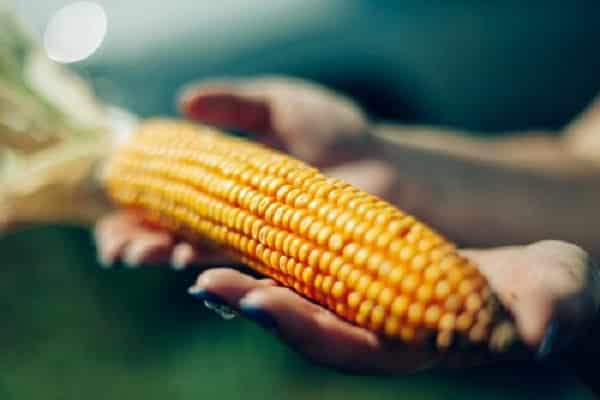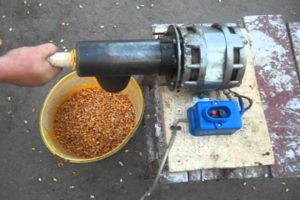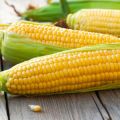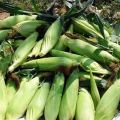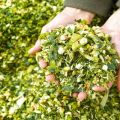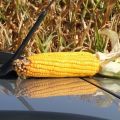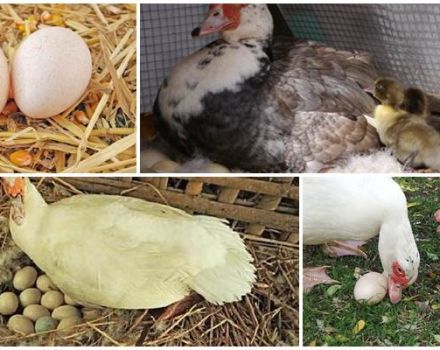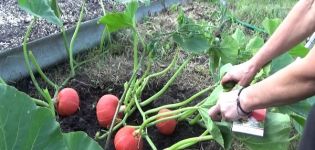The best varieties of feed corn, how to distinguish from food
Fodder corn is used by gardeners to feed domestic animals. It is eaten by chickens, ducks, sheep, goats and pigs. It is impossible to provide a balanced diet for pets without grain.
The modern gardener does not stop only at growing vegetables and fruits. He breeds poultry, rabbits, pigs in small areas. There is an opportunity to diversify the vegetable menu with livestock products.
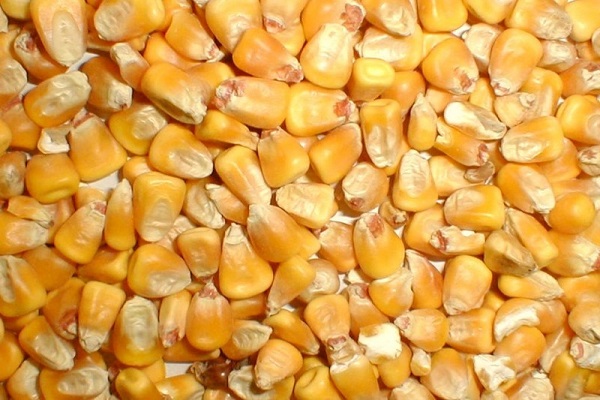
To increase the profitability of the household, it is required to provide pets with a complete diet. The composition of feed should include vitamins, minerals, protein. This cannot be achieved without feed corn.
Feed grain is used for fattening animals before slaughter. In winter, it is from it that animals receive energy to heat the body. The zealous owner always has a supply of corn.

What is feed grain?
Any grain crop is divided into 2 main parts: fodder (forage) and food. The product differs from each other in several main indicators:
- Nature. This is the name of the mass of 1 liter of grain in grams. Products that have not passed all the stages of development are sent for fodder. Not applicable for corn.
- Humidity. Evaluated when cleaning. If the value of the indicator is higher than the established norm (12%), the grain is classified as feed grain.
- Debris. During cleaning, the percentage of foreign inclusions is determined. The excess transfers the crop to the fodder category.
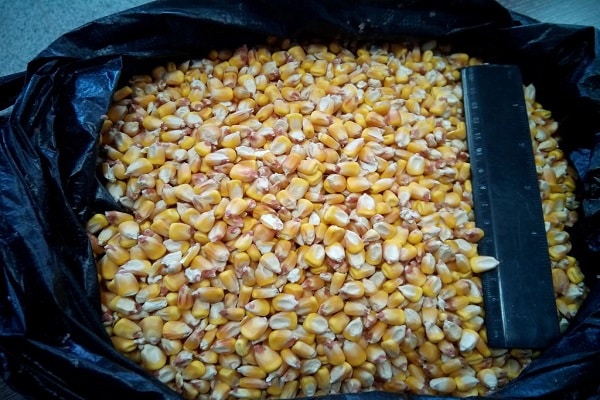
Feed grains must be absolutely safe for animals. If desired, the gardener can eat. The feed made from it cannot contain mold fungi, poisonous plants or harmful impurities.
The value of corn as forage
Fodder corn is popular all over the world. This is determined by its composition. It consists of:
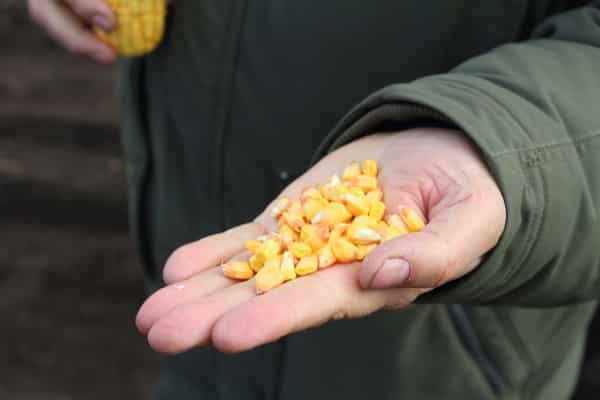
- starch - 70%;
- fat - 4%;
- protein - up to 9%.
Grain contains vitamins of group B, PP, A, E. A small percentage of fiber increases the digestibility of grain. The lack of amino acids (tryptophan and lysine) in the protein is compensated by the high content of zein. This is enough for successful animal feeding.
Energy value: 100 g of corn is 143 feed units... For complete assimilation, the maize grain should be given crushed or ground.
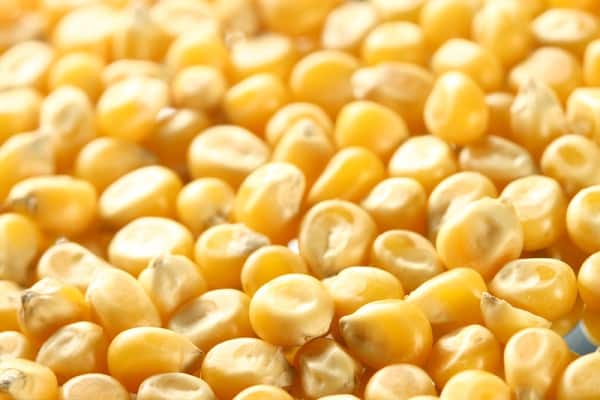
How to distinguish feed corn from food corn?
The gardener must be able to distinguish feed corn from food corn. This is necessary to reduce the cost of the animal feed base and increase the profitability of the dacha economy.
It is easy to distinguish varieties of fodder corn from food corn by the following characteristics:
- Growing region.Forage is grown in areas with a temperate (cool) climate. Food - in warm.
- Seed color. Fodder maize has a rich yellow or orange grain. The food has a light beige.
- Taste. The boiled feed will be tough, slightly juicy. Food - sugar, soft.
- The shape and size of the ears. Edible corn heads are shorter and thicker than feed corn heads.
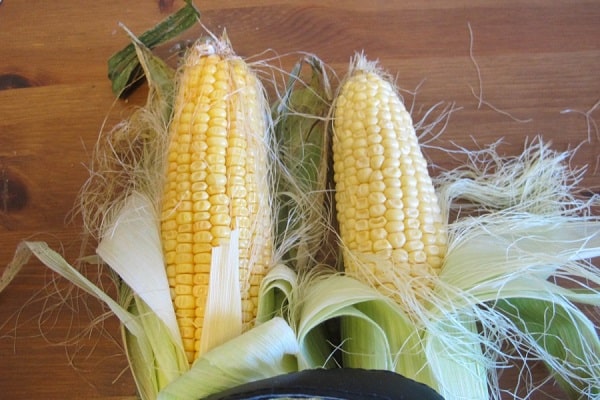
There is a popular way of defining a variety of culture. You should take one seed and crush it with your nails. If the seed bursts without effort, and there is white milky juice on the fingers, this is a food culture. If the skin is hardly crumpled, but does not break - feed.
The type of edible corn is sugar. It is often grown in home gardens. Harvested at the stage of milk maturity. The gardener should know: after harvesting, such a crop is stored for less than 2 weeks. After collection, it is immediately processed (frozen, canned). Having bought a large batch for future use, it will not be possible to save it.
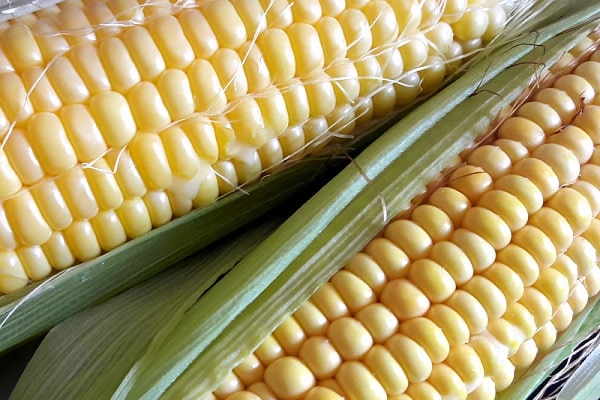
How to store?
Often the gardener purchases a large batch of fodder corn on occasion. The purchase price is favorable. It will significantly increase the profitability of animal husbandry. But the question arises: how to preserve the harvest for a long time without losses.
The rules are usual:
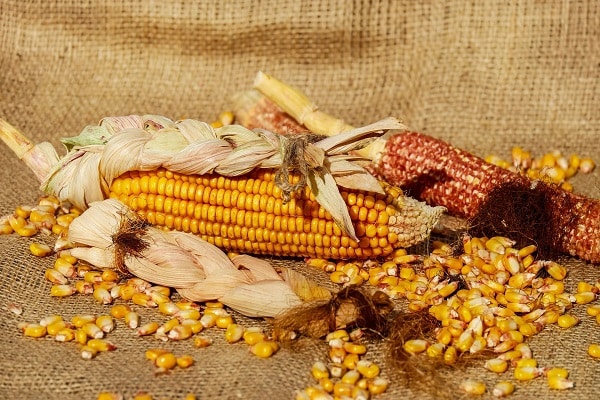
- husk the cobs;
- dry the crop in a ventilated place (under a canopy);
- lay in the storage with a layer of 20–30 cm;
- maintain a temperature of about 6 degrees Celsius;
- provide adequate ventilation;
- control air humidity (maximum hygrometer reading - 17%);
- check the moisture content of the laid grain (it should not exceed 12%);
- provide protection against rodents (mice, rats).
The difference in temperature and humidity will lead to the loss of stored grain. Some gardeners, due to lack of space in the basements, store feed corn in bags. In this case, it is required to check the moisture content of the grain once a week. The ventilation in the basement should provide ventilation.

How to provide a seed fund?
Some gardeners have enough planting areas. They want to grow fodder corn on their own. They are interested in the question: can corn seeds purchased earlier for forage be used for sowing.
Often plants that have not passed the full development cycle are used for feed grain. The embryos of such seeds are weak, immature. They will give a low yield. To obtain complete feed grains, you should purchase certified seeds from a trusted manufacturer.
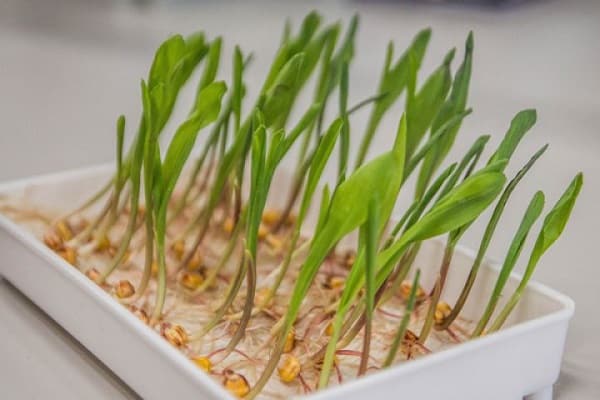
Competent sellers of planting material treat it with chemicals. This increases germination, protects against pests. It is difficult for the gardeners themselves to carry out such an operation.
How to use forage crops?
The use of feed maize depends on the type of dacha animal husbandry. When feeding poultry, maize is added to feed mixtures. Chickens and duck gain weight quickly. Feed maize should not exceed 40% in the poultry ration. With an increase in the indicator, animals accumulate fat.
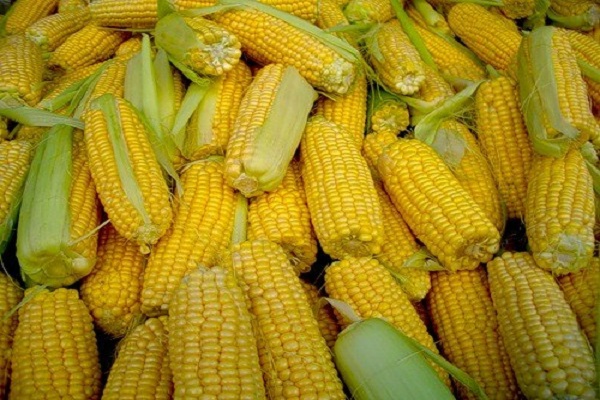
Grain is part of the hens' diet. It is absorbed almost completely. Has a high energy value. But with overfeeding, the activity of layers decreases. Their egg production falls. 20% of the total amount of feed by weight is a sufficient norm in egg poultry farming.
When fattening piglets, the indicated amount of culture should also be strictly observed. Exceeding it leads to an increase in the body fat of the animal. The meat becomes watery and tasteless. When determining the rate, one should take into account the amount of feed corn in the compound feed.
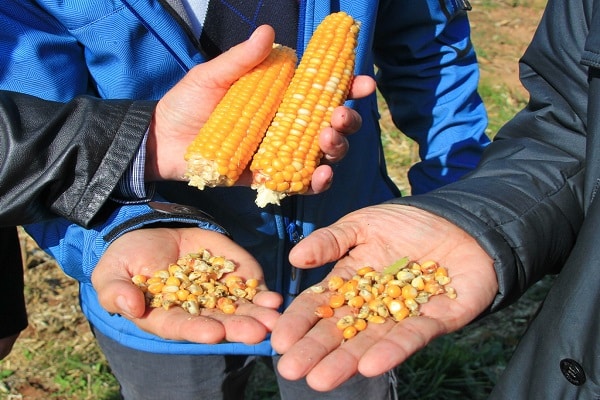
Overfeeding the culture of breeding animals is undesirable. The activity of males decreases. They get fat and lose interest in females. This reduces the volume of commercial production.
In winter, the amount of feed corn in the diet is slightly increased (by a maximum of 10-15%).The maize-fortified feed allows animals to cope with cold weather without loss.
